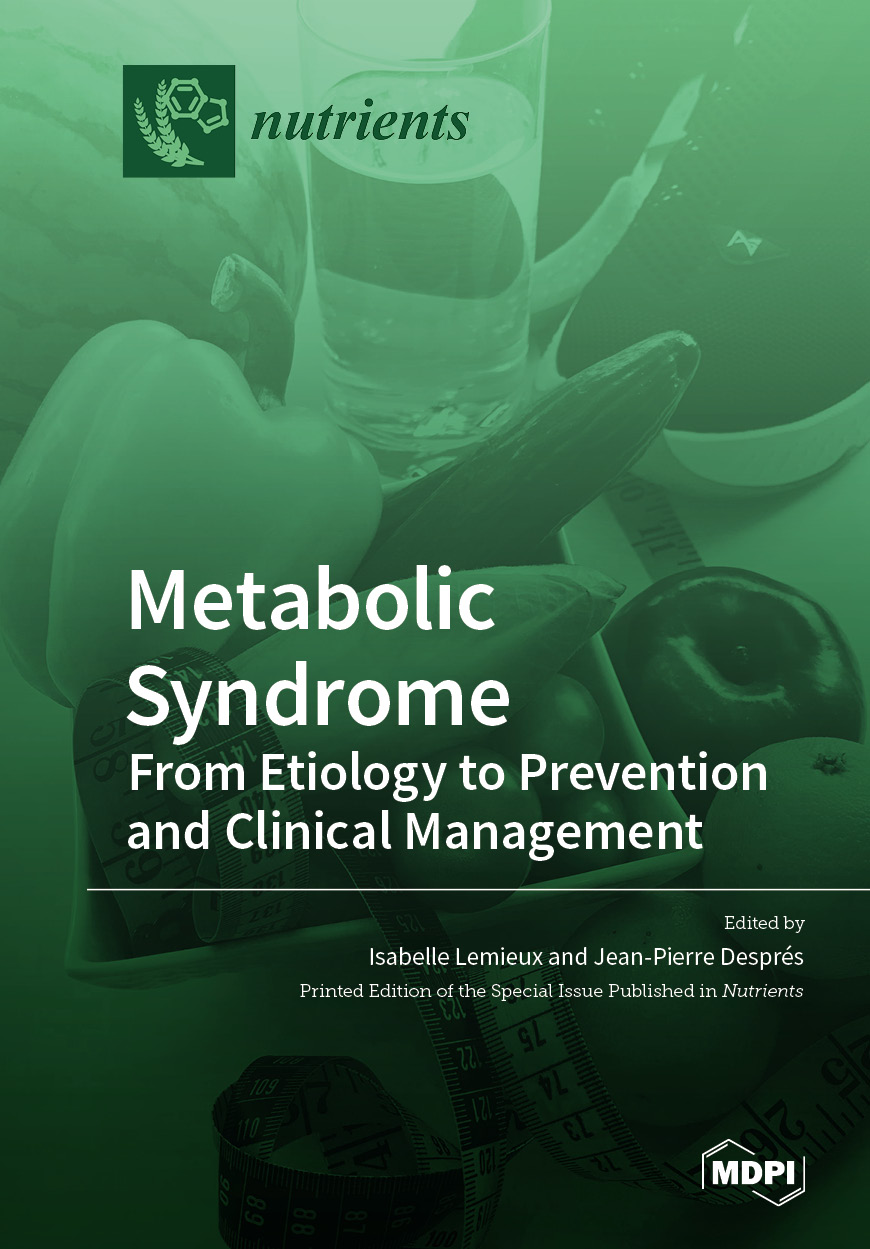My Healthy Waist
In the Spotlight
The value of time: The more you move, the lower your risk to develop type 2 diabetes
The wide benefits of being regularly engaged in physical activity to prevent or delay cardiometabolic diseases have been known for decades. However, accurately measuring physical activity in epidemiological research has been challenging as it primarily relied on self-report questionnaires, the limitations of which have been documented in several studies. Indeed, self-report questionnaires often lead to … Continued
Could you discuss the issue of beverages in diet?
Expert opinion by Benoît Lamarche, PhD, FAHA, Professor, Institute of Nutraceuticals and Functional Foods, Université Laval, Québec, QC, Canada
Slide Library: Global Sugar-Sweetened Beverage Sale Barometer
The European Healthy Lifestyle Alliance (EHLA) and Benoit Arsenault, PhD, Professor, Faculty of Medicine, Université Laval, Centre de recherche de l’IUCPQ, Québec, QC, Canada
Webcast: Ectopic fat and cardiometabolic health: an update
This video presents a discussion on ectopic fat depots by three experts in this area, Dr. Ulf Smith from Sweden, Dr. Marja-Riitta Taskinen from Finland and Dr. Michael Jensen from United States. Dr. Smith introduces the notion of ectopic fat by raising the issue that BMI is not the best measurement to assess individual risk … Continued
Health News
Update on the management of obesity in cardiovascular practice
Special issue on metabolic syndrome
Latest News
Brain responses to nutrients are severely impaired and not reversed by weight loss in humans with obesity: a randomized crossover study.
Nat Metab. 2023;5:1059-1072Social media-based interventions for adults with obesity and overweight: a meta-analysis and meta-regression.
Int J Obes (Lond). 2023;47:606-621Iron, glucose and fat metabolism and obesity: an intertwined relationship.
Int J Obes (Lond). 2023;47:554-563A meta-analysis on the changes of BMI during an inpatient treatment with different follow-up lengths (short and long term) compared with the outpatient phase in obese patients.
Int J Obes (Lond). 2023;47:538-545Recent Contributions

The value of time: The more you move, the lower your risk to develop type 2 diab ...
The wide benefits of being regularly engaged in physical activity to prevent or delay cardiometabolic diseases have been known for decades. However, accurately measuring physical activity in epidemiological research has been challenging as it primarily relied on self-report questionnaires, the limitations of which have been documented in several studies. Indeed, self-report questionnaires often lead to … Continued

Visceral adiposity: a key driver of non-alcoholic fatty liver disease
Liver fat accumulation/non-alcoholic fatty liver disease (NAFLD) is a highly prevalent condition and has become a major cause of liver failure. Imaging studies have shown that excess liver fat is frequently accompanied by an excess of abdominal visceral adipose tissue. Excess visceral adiposity is associated with an increased risk of type 2 diabetes and cardiovascular … Continued

Eat well and move: another success story!
Being physically active and having a high-quality dietary pattern are two key features of our lifestyle associated with a healthier cardiometabolic risk profile, contributing to longer and healthier lives. However, beyond their individual influence on cardiometabolic risk, what about the mortality risk associated with these two important markers of our lifestyle when they are simultaneously … Continued

NAFLD and cardiometabolic outcomes: contribution of excess visceral adiposity
Many studies worldwide have reported a close relationship between a high-risk obesity pattern, visceral obesity, and an altered cardiometabolic risk profile beyond total adiposity. Moreover, excess visceral adiposity is a significant risk factor for both cardiovascular disease (CVD) and type 2 diabetes. Non-alcoholic fatty liver disease (NAFLD), another prevalent condition frequently observed among patients with … Continued




